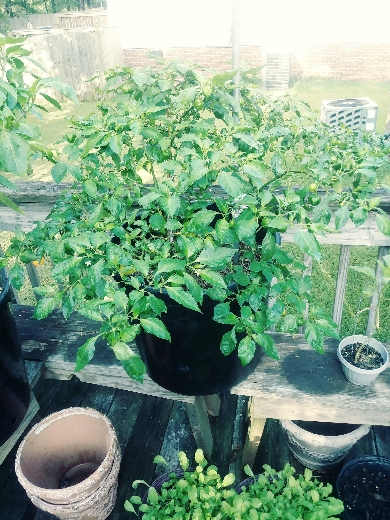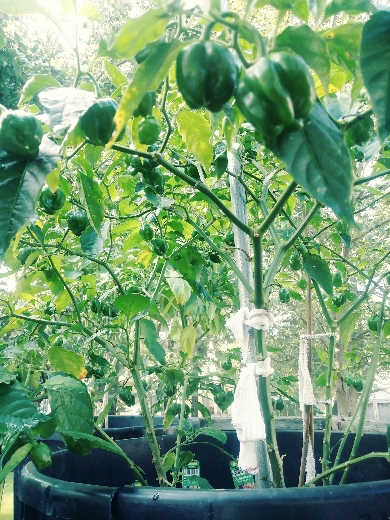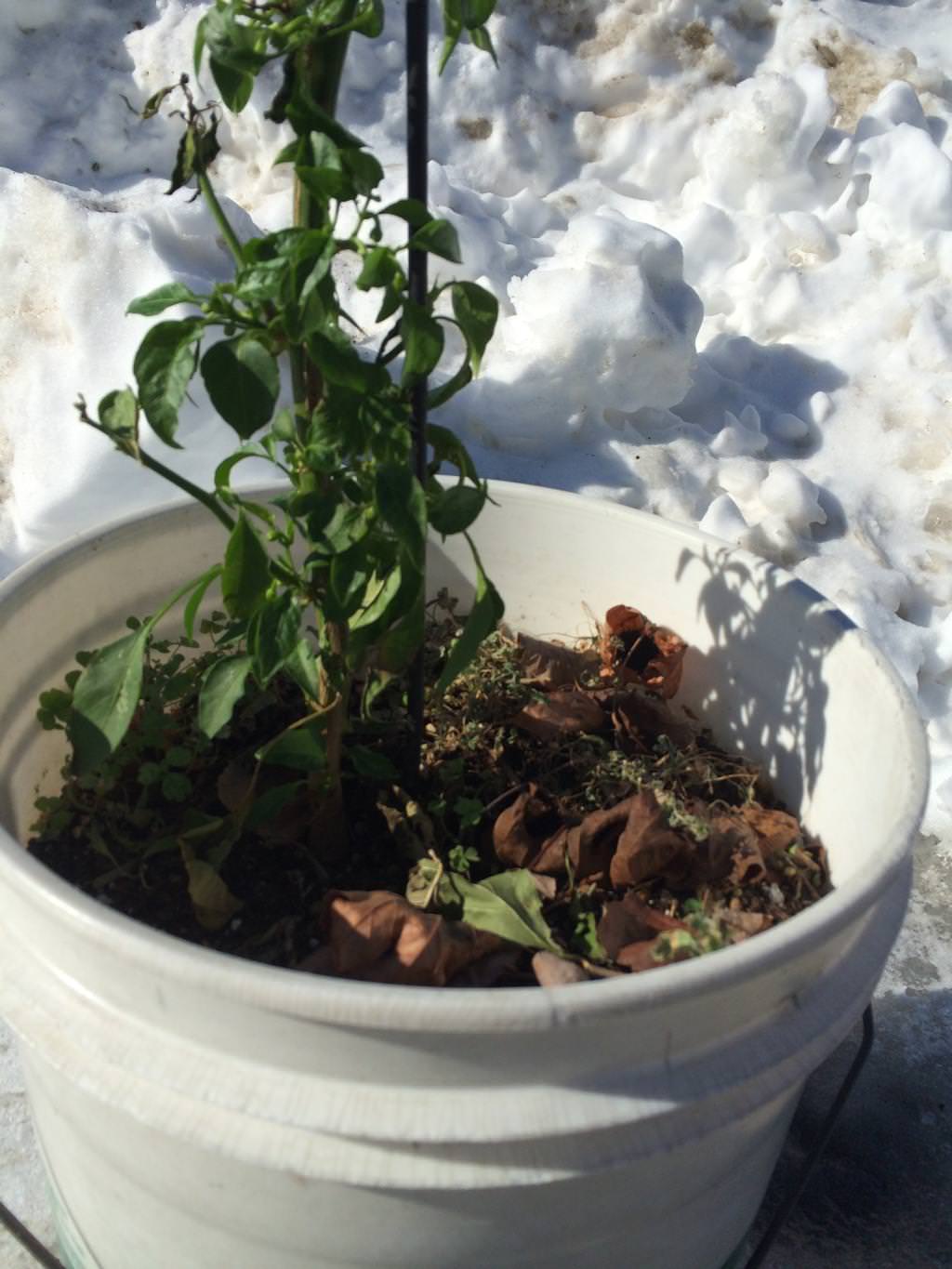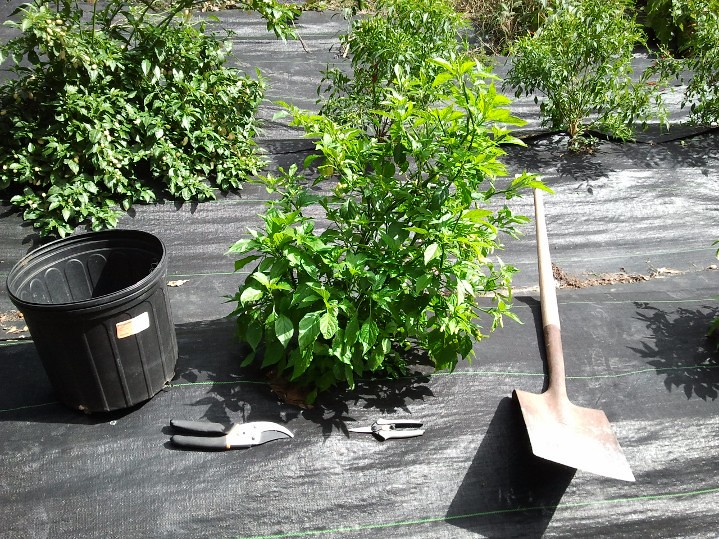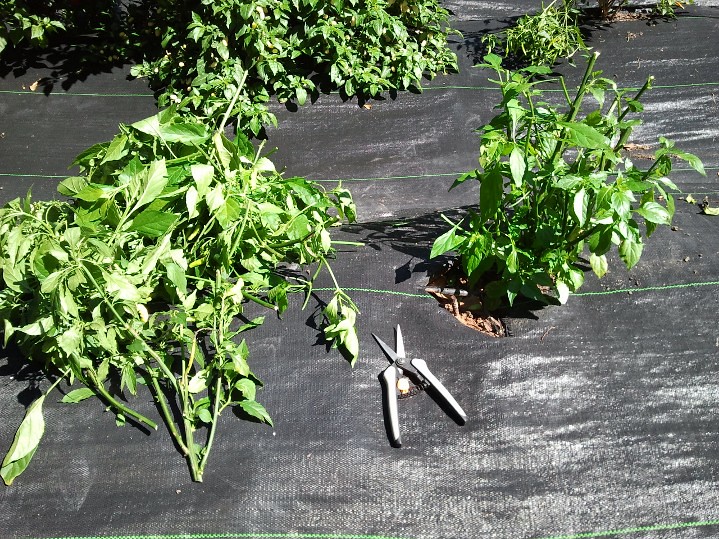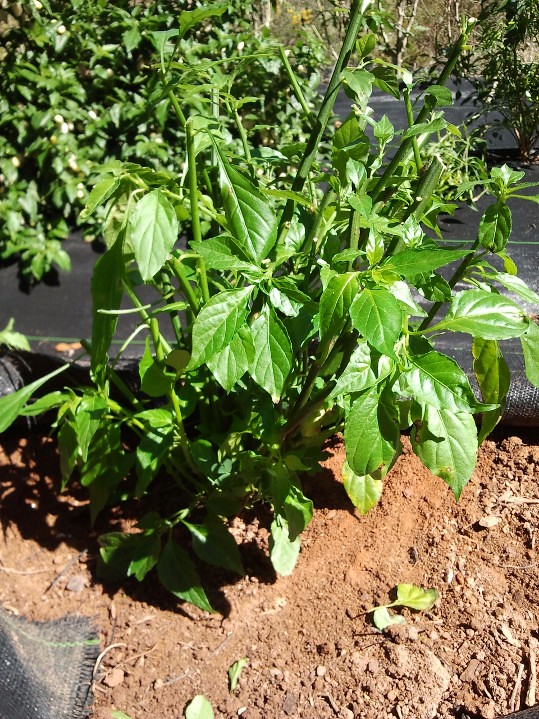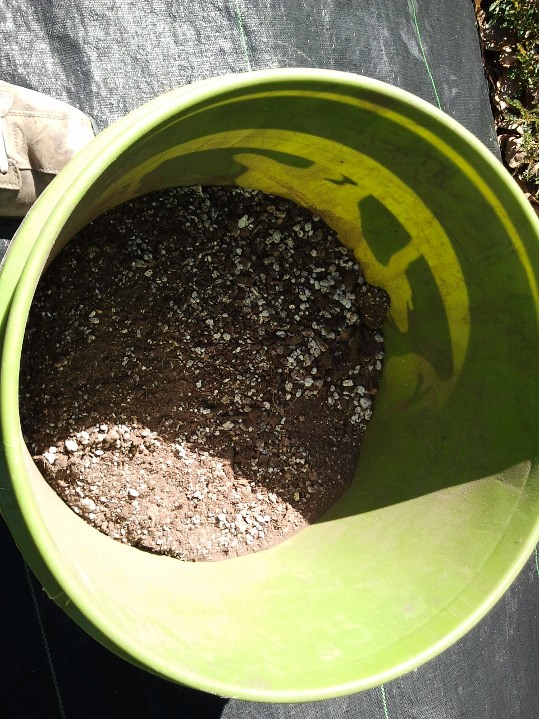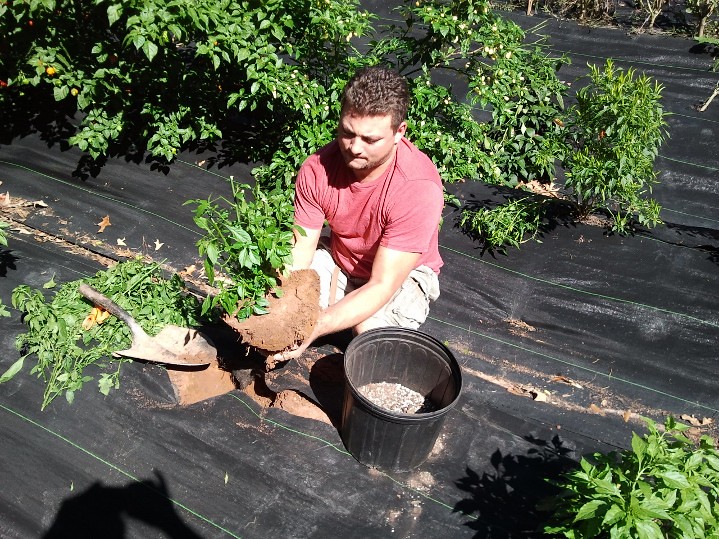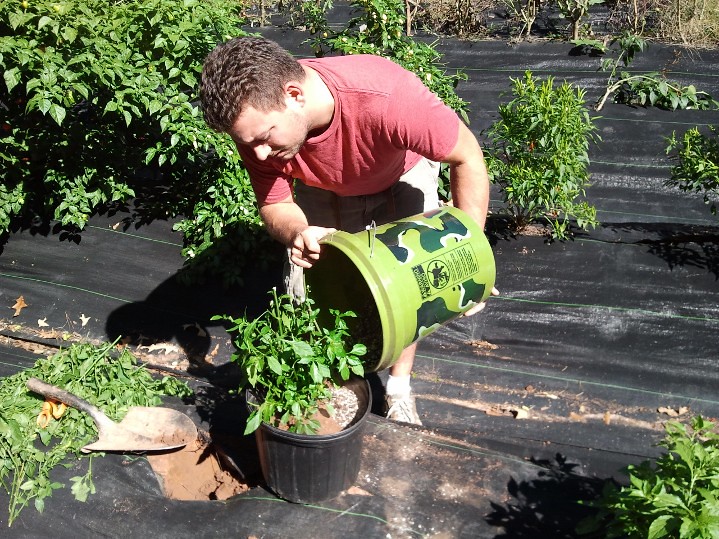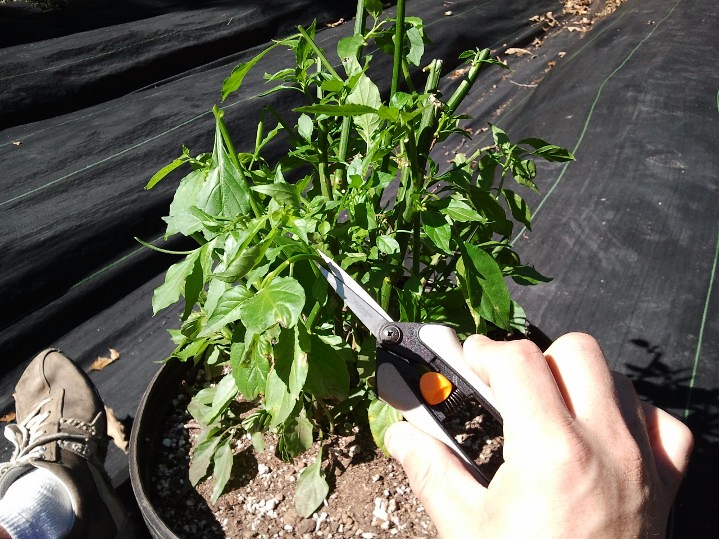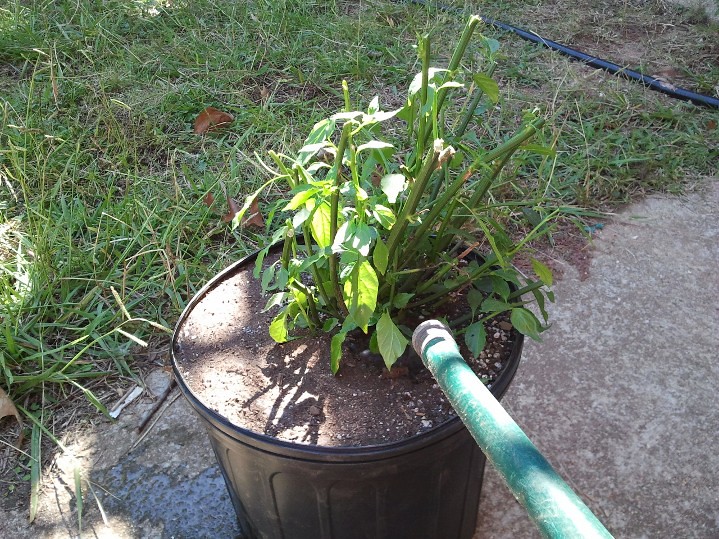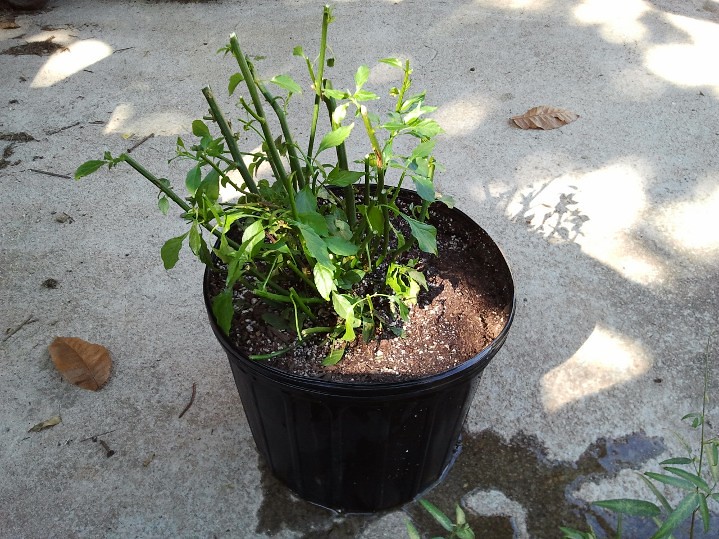For many growers alike, the growing season starts at the seed. Its an all too familiar feeling; the smell of the seeds as we sort through them, looking for the "one" that will morph into the towering giant of our dreams, acquiring the perfect soil mix, temperatures, and saturation. Its one of the most addicting parts of our season in this culture. This time of the year is when we have that "fire" inside that burns and screams "
This year, will be the year. The year where I will make everything right, and learn from all the mistakes made in the previous years." Think of it as a grower's right-to-passage, if you will. Even I myself, will admit that I thoroughly enjoy witnessing all my love and work break the top of the soil in the form of hooks, spread their baby wings, reach for the warmth of the sun and grow into beautiful young plants. There is something very enlightening about watching this whole event take place. This is one of the most primal processes of earth. Its nature's way - organic, raw and very special.
While seeds will always remain at the beginning of our culture and passion for growing, there are a great many cultivators, including myself, that have also begun to experience the benefit of taking things to the next level. Knowing your plants at the fundamental level is something that is often times over looked as prerequisite for growing a crop each year. Most people just do what they know and what works for them, without ever really knowing the plants themselves and/or why their habits produce certain results. Sometimes old habits die hard and your product suffers because if it. Sometimes we skate by on the fly and have an extended period of time I like to call "beginners luck." Then we learn, we progress, and we become educated through experience that builds up over time.
This plant we all love, just so happens to belong in a class of plants called "perennials," which directly translates to "through - year". What does that mean? It simply means, that if kept in the right conditions, pepper plants will continue to grow forever. Unlike another classes of plants i.e. Annuals and Biennials, peppers will continue to grow and flower simultaneously throughout all parts of the year regardless of photo period change. This is good news for us gardeners! Instead of cultivating "within the box" of the status quot and treating them as annuals, the enlightened grower can begin to expand his knowledge and base of experience.
One such way to honor our work and research of these beautiful plants is through "Over Wintering". If you're in a climate where the temperature rarely drops to or below freezing then this won't directly apply to you. For all the other grower's, I say stop letting your hard work go to waste each winter! Start Over Wintering! If you have the space, time, desire to extend your season and like the sound of getting one hell of a head start on next year, then this is for you. The benefits of starting to include this practice in your repertoire, far outweigh the cons of choosing not to. All you're doing is allowing the plant to continue to live just the way nature intended. Since I have started overwintering, I can attest to the garden mojo that occurs each year. The energy is better, the plants become huge and pump out hordes of pods, the experience is much more rewarding. The plants thank me for it, the bugs thank me for it, reptiles, birds...so on and so forth. Everyone's happier

What's not to love about that?
"So how do I experience this magical world of plant-human symbiosis," you say? Its simple. In just a few easy steps, one can ascend to the next level of garden zen. Here we go:
Choose your plant. I chose a small first year plant for the purpose of the tutorial. All you will need is a container, pruning shears, and a shovel.
Start by pruning back most of the foliage to the main branches that formed as the plant grew. You will want to start with a rough trim at this point. A more detailed pruning will be in order depending on how much root system you remove during transplant.
up close example of initial pruning on a plant this size going into a three gallon container
Here is a time lapse of the Fatalii Mother cutback. Enjoy while I add more to this.
Next we will add a little Guru mix to our container. You can use any medium you prefer.
Example of how much root system would be ideal for a cutback like this going into three gallon.
Add a little soil to top off the container and pack lightly
Detailed prune to remove any remaining flower or fruiting tops. This will promote new top growth at different nodes.
After a good watering in, I like to set them in a place that has diffuse sunlight for a while, so as not to induce shock.
Under the back deck works great for me.
October in Atlanta is usually still a great time for pod production and the days remain fairly warm enough to get some substantial harvests. I can take my time over the next few weeks getting things prepared for winter, but for those of you in crunch time, I made sure to get this out sooner than later.
You see, over wintering can be a multiphase process depending on how you want to do things. Are you going to bring them in under lights immediately or leave them outside in their new containers for a a while? If you're lights are strong enough indoors then by all means, bring em in. For you the hauling around containers is over. For those of us confident in our temps for the next few weeks outside, our journey will continue a bit longer outdoors. We get more sun

To be continued...

